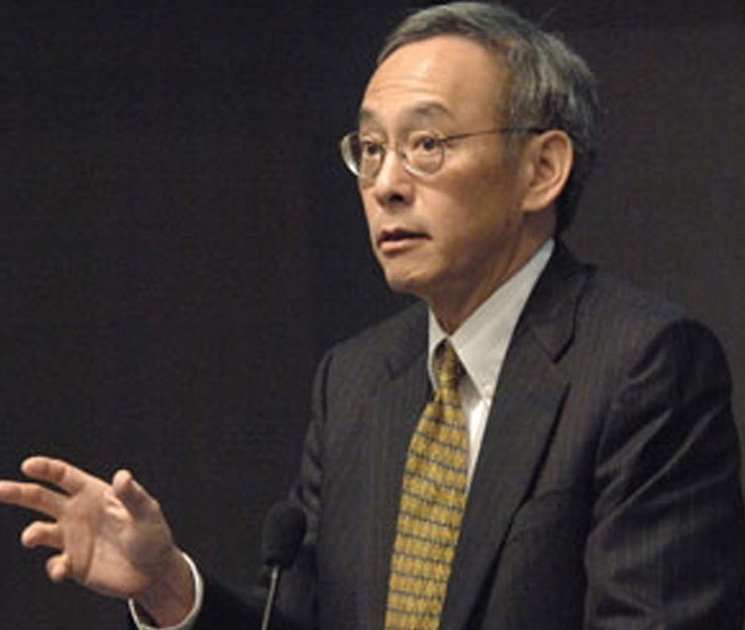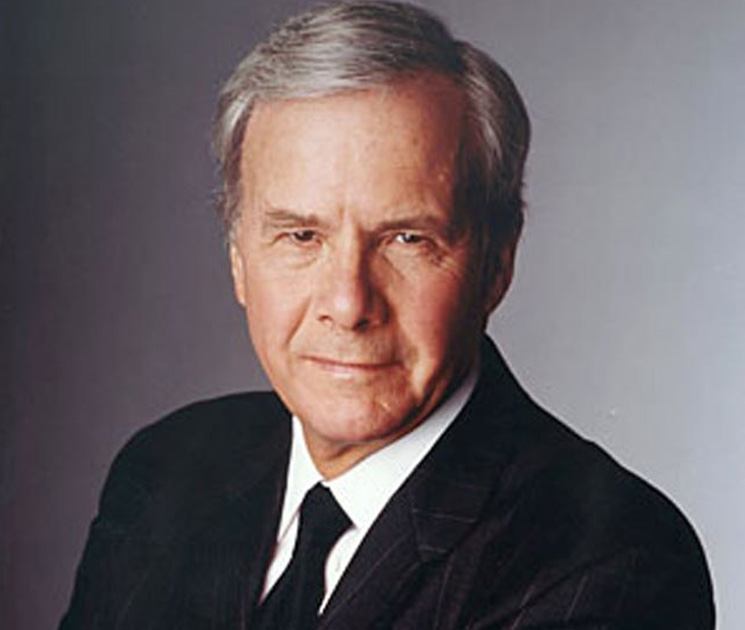Steven Chu (b. 1948) served as secretary of the United States Department of Energy from 2009 to 2013 and was co-winner of the 1997 Nobel Prize for Physics for his work in methods to cool and trap atoms with laser light. Currently, he is the William R. Kenan, Jr., Professor of Humanities and Sciences, as well as professor of physics and molecular and cellular physiology, at Stanford University.
Dr. Chu was born in St. Louis, Missouri, into a family of scholars who placed an enormous value on education. Both his father and mother studied at MIT, in chemical engineering and economics, respectively, and they nurtured intellectual curiosity in their children. As a young child, Dr. Chu built model airplanes and warships, graduated to Erector Sets, and later, spent his school lunch money on parts for homemade rockets that he constructed with a friend. He matriculated to the University of Rochester, where he developed a love for physics and mathematics, and from which he graduated in 1970. In 1976, after completing his graduate and postdoctoral work at the University of California at Berkeley, Dr. Chu spent nine years at Bell Laboratories. The atmosphere at Bell Labs during that period (1978–1987) was one “permeated by the joy and excitement of doing science,” according to Dr. Chu, and his work there led to the laser cooling and trapping of atoms for which he was awarded the Nobel Prize.
In 1987, Dr. Chu returned to California as professor of physics and applied physics at Stanford University, where he taught until 2009. From 2004–2009, he directed the Lawrence Berkeley National Laboratory (a US Department of Energy laboratory operated by the University of California) while continuing to teach physics at Stanford.
Dr. Chu’s appointment to the Cabinet recognized his commitment to addressing energy challenges of all types, including energy efficiency, greenhouse gas emissions, and the nation’s dependence on foreign oil. As secretary, Dr. Chu was dedicated to supporting companies that are working to refine existing green technologies (such as better batteries for plug-in hybrids and electric vehicles) and to moving those technologies into the marketplace.





